
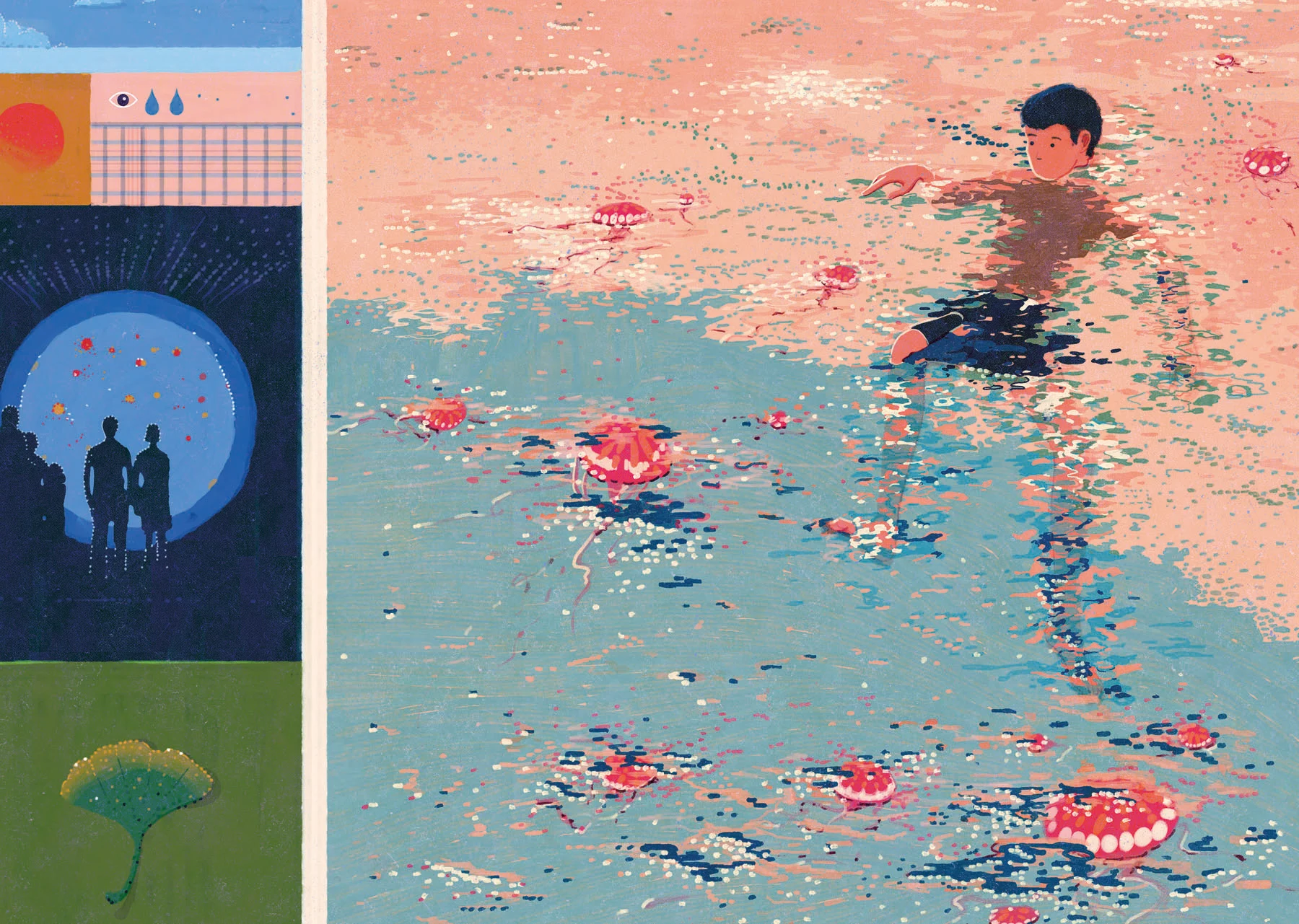
As we move through a novel, we all have a slightly different imagined world in our heads, a slightly unique way of interpreting the story laid out in front of us. A big ask, then, for an artist to illustrate a writer’s works, especially a writer as surreal and dreamlike in style as Haruki Murakami. This was the task facing Colombian artist Daniel Liévano when The Folio Society invited him to illustrate their new editions of Murakami’s books. He tells Alix-Rose Cowie how he went about bringing Murakami’s words to life; reading, re-reading and reading again, and following his gut.
Illustrator Daniel Liévano doesn’t consider himself a ferocious reader. He might only read three or four books a year, but when he does pick up a novel he becomes totally immersed in it. “I get obsessive about it,” he says. “It becomes part of me, and I start to see life through that lens.” He’d of course heard of Haruki Murakami, but had never read any of the celebrated author’s work until he was commissioned by independent publisher The Folio Society to interpret their illustrated edition of “Kafka on the Shore.” It’s a partnership that continues and has become a best-selling series; they’ve since published “Norwegian Wood,” and most recently, “The Wind-Up Bird Chronicle.”
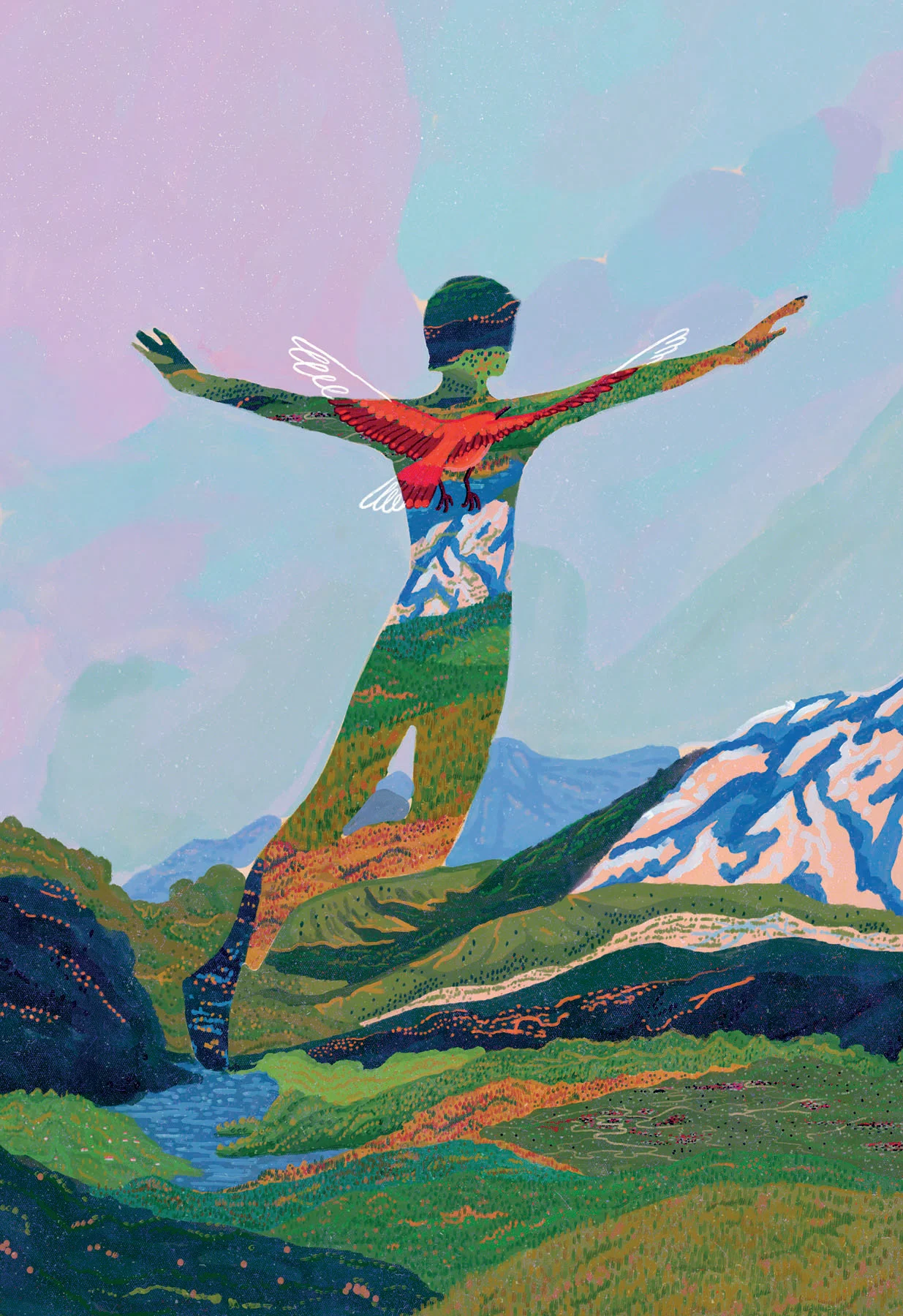
Usually artists only have the book cover to sum up an entire story. Working with The Folio Society, Liévano could do what he does best: become submerged, and express his thoughts on the text in illustrations that appear throughout the books. Art director at The Folio Society Raquel Leis Allion says, “The illustrations in our editions don’t just mirror the text but complement it by conveying emotions, atmosphere and subtle suggestions. They can be seen as an extra layer of interpretation.” Liévano agrees his role is not to repeat what’s happening in a scene, but rather to visualize the idea that’s behind it. “In a way, the reader also has to read the image,” he says.

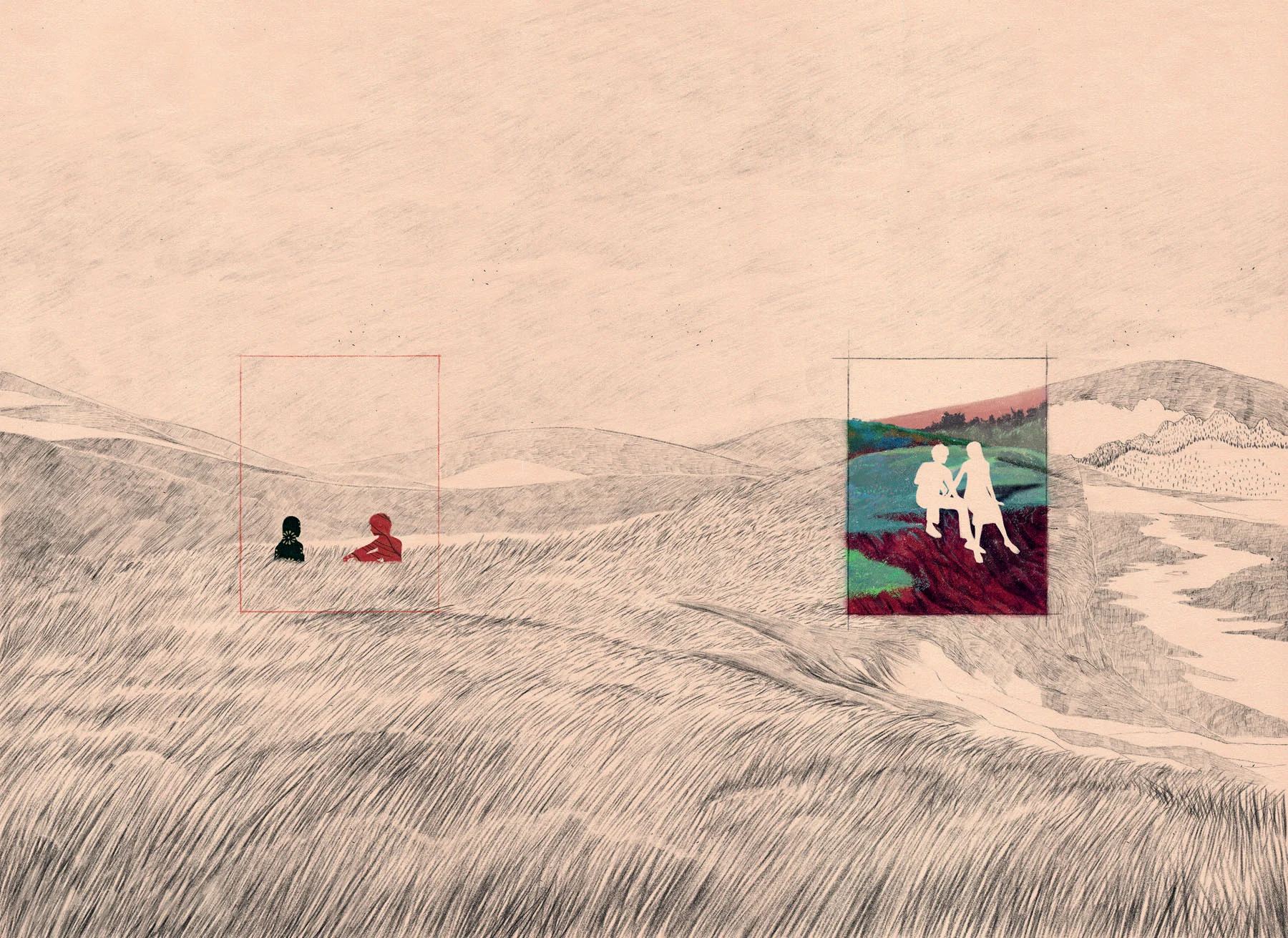
Around the same time that Liévano was approached to work on “Kafka on the Shore,” he was beginning to experiment with abstraction in his personal practice. “There’s a long history of abstract art,” he says. “But illustration has to illuminate the text so it often ends up being figurative. For Kafka, I think the abstractions initially come from Murakami’s writing, which is not so literal or physical—it’s more of a sensation. When I read it I felt like I could illustrate some things through just a few lines or textures.”
Allion’s vision was to find an artist with a unique style, who could visually capture the otherworldly landscape and introspection of Murakami’s characters. “As a conceptual artist, Liévano is a master of visually communicating ideas and nuances within texts," she says. “His ability to combine realism with surreal elements and his intricate, dreamlike details made him an ideal match for the visual interpretation of Murakami's narratives. Ultimately, my goal was to enhance a sense of wonder, where the mundane and magic coexist.”
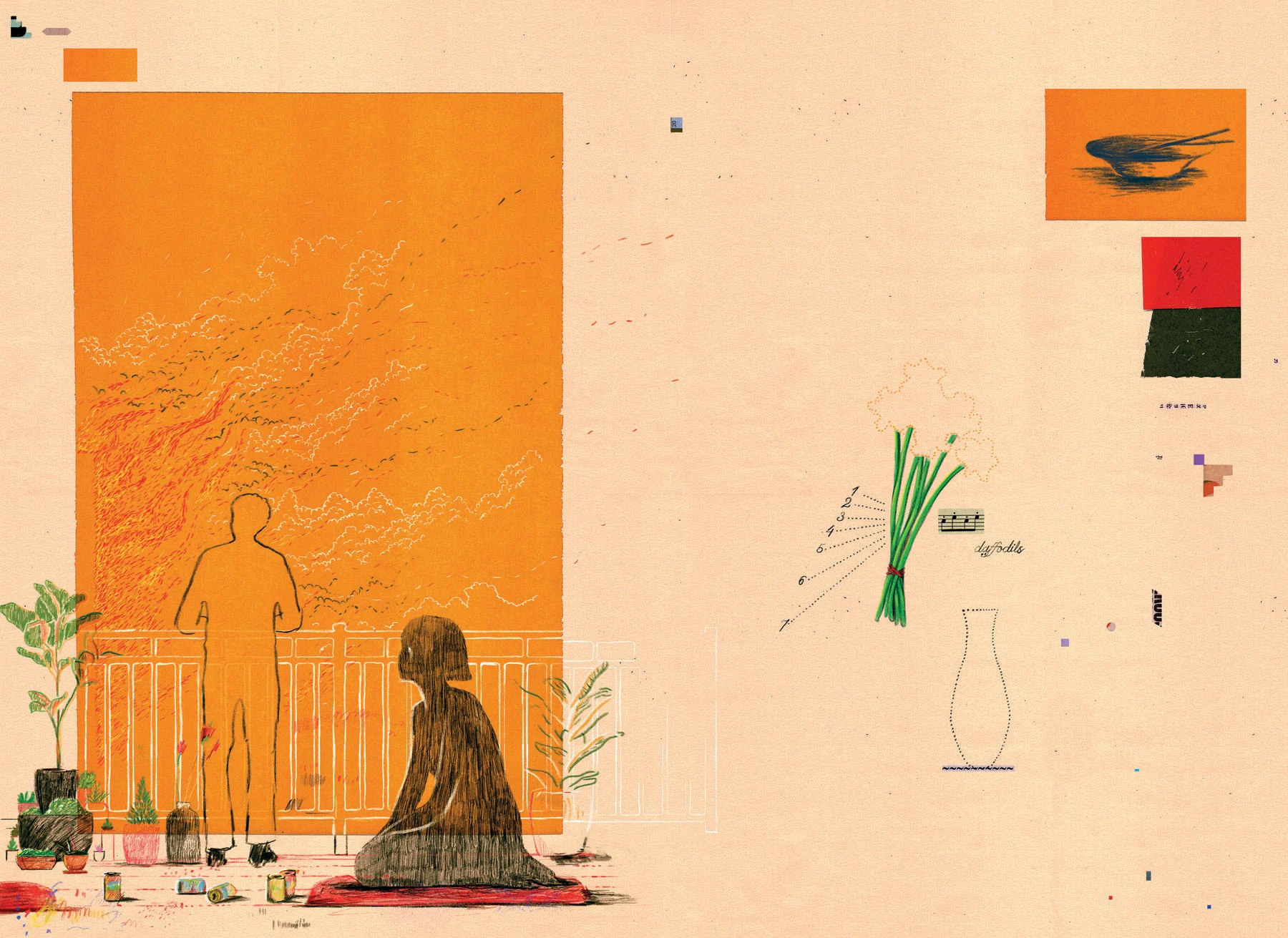
Maintaining a visual language across the Murakami series took some figuring out. Liévano found that the more minimal lines and dots he used for “Kafka on the Shore” didn’t make sense when he read “Norwegian Wood.” “My challenge was to still be myself as an artist, but to explore other things,” he says. “In ‘Kafka,’ I wanted to transmit the hallucinatory nature of the book; for ‘Norwegian Wood’, I wanted to translate the mood, which is contemplative, romantic and really, really sad; in ‘Wind-Up Bird,’ there’s alchemy, telepathy and a subtle magic I wanted to convey.” Liévano is inspired by what he calls Murakami’s ‘invisible voice’, present in all his texts no matter the subject matter. His own approach to connect the series was to remain playful “and to be weird.”
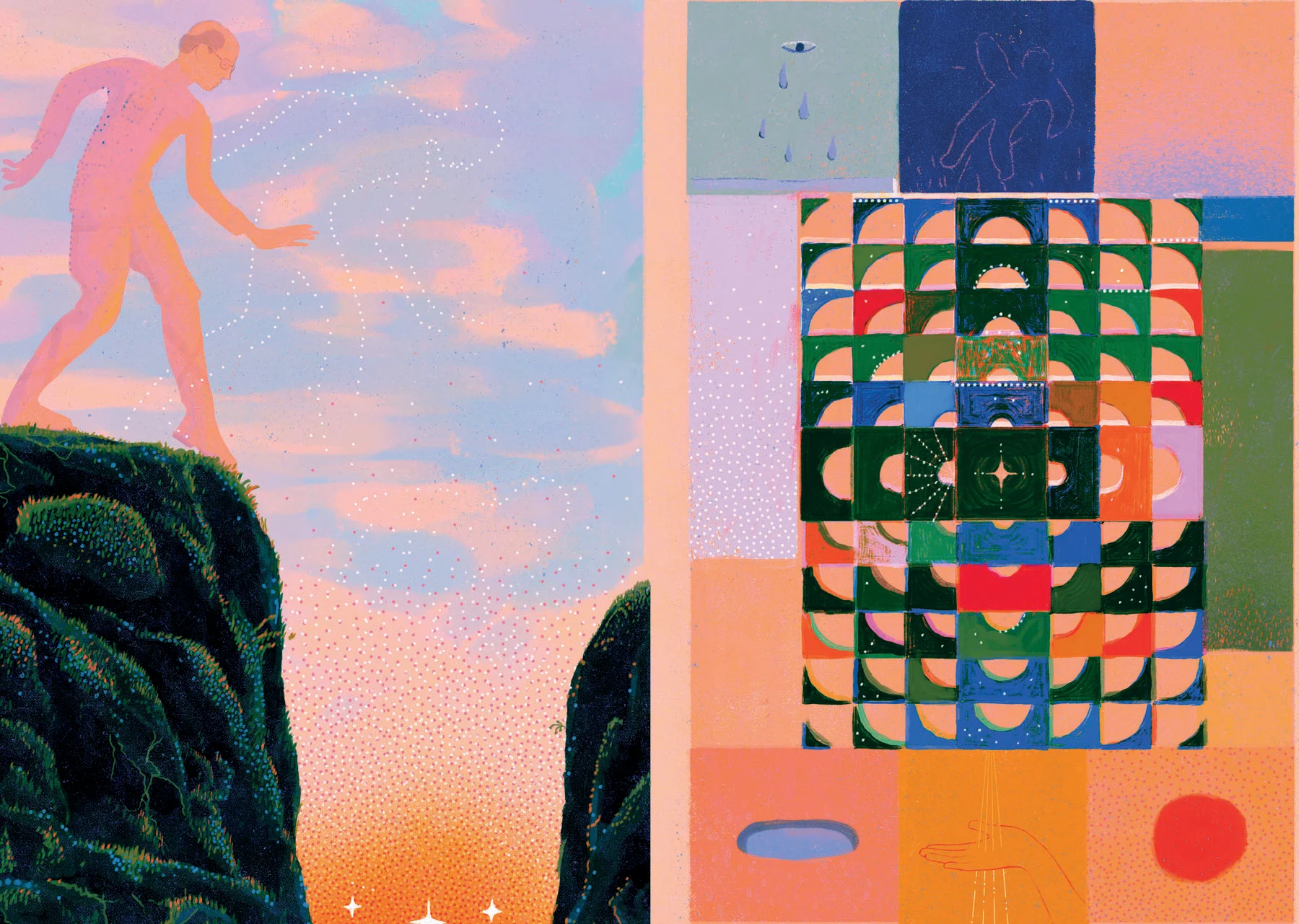
Liévano uses various techniques and materials throughout the books that he borrows from his personal work. He’s an author and lover of graphic novels, but for this project uses sequential frames in a nonlinear way to compound the overall sense of many things going on at once in the complex narratives. And while mystical happenings occur in the stories, much is set in mundane, routine reality. Liévano scans his pencil sketches and pastel drawings, and even photos of clothing, to add real world textures to his digital works.
The Folio Society affords Liévano about four to six months to work on each book. “Which is good, because they’re bricks,” he says. Without leaving Bogotá, he spends hours in fictional Tokyo and beyond, reading Murakami’s novels multiple times, taking notes and highlighting the scenes he’d like to illustrate. Then he studies academic readings of those scenes online to better understand their meaning. He’s found himself challenged by some of the author’s more disturbing scenes— grappling with whether to include them or not—while transported by others. While he’s reading he also takes notes of physical objects (umbrellas, cats, glasses of whisky, telephones and other quintessential Murakami symbols) that become small spot illustrations at the start of every chapter. Final illustration selections are made rather practically, considering the binding of the books as they’re printed on different paper to the text.

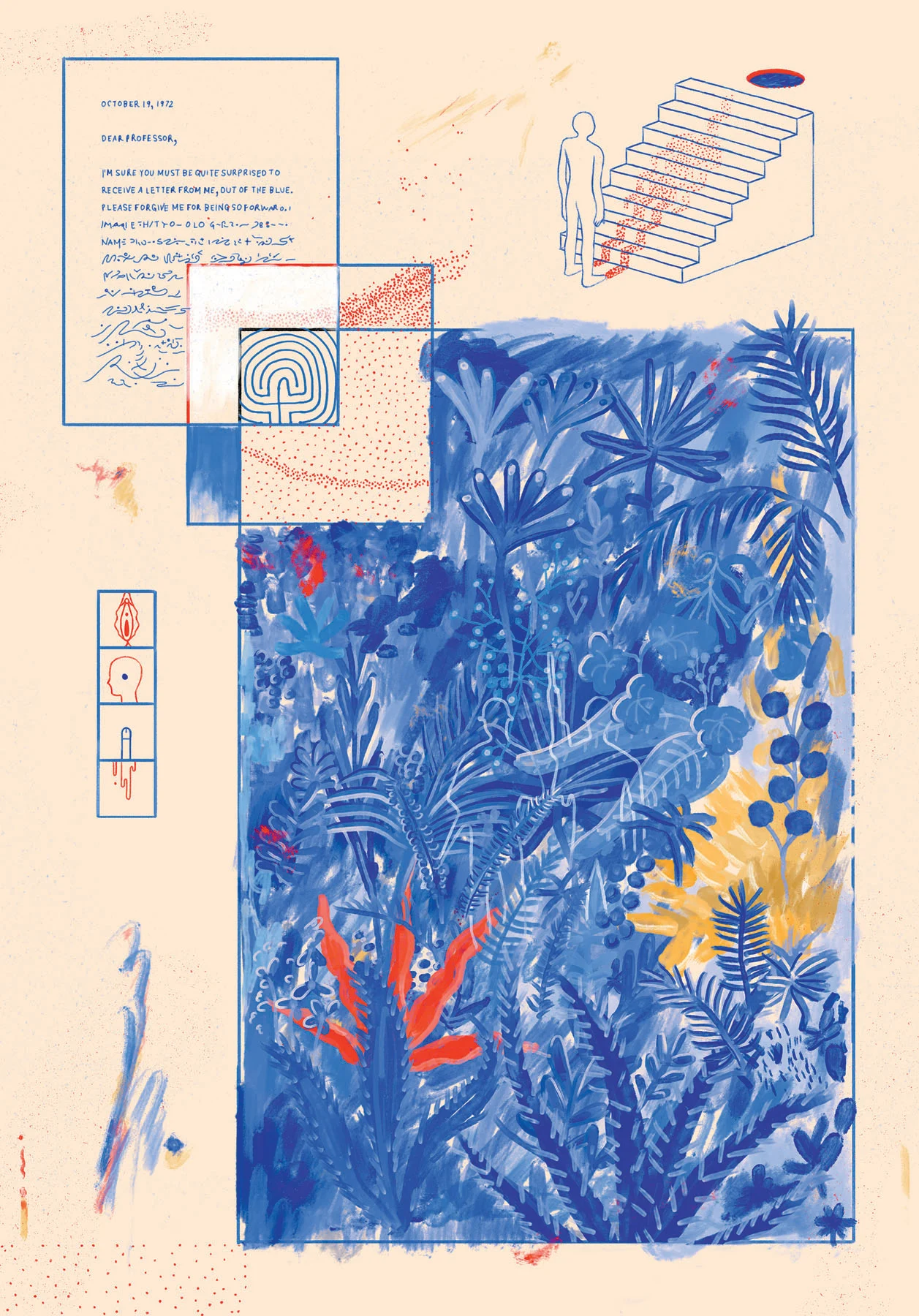
When it comes to the responsibility of interpreting a story in a way that a reader will understand or resonate with, Liévano always goes with his gut. “It’s about feeling the book, and not thinking too much. Not being too explicit,” he says. “I draw to my own taste; it’s totally personal. And then it’s a kind of magic when people say I did a good job visualizing it.” Working so intimately with Murakami’s thoughts, Liévano’s yet to meet the author. But he hopes to: “‘Kafka on the Shore’ became one of my favorite books,” he says. “I understand it from the first letter to the last.”
The full Haruki Murakami series, illustrated by Daniel Liévano, is exclusively available on The Folio Society’s website.


